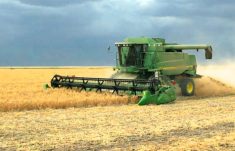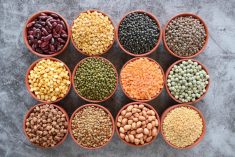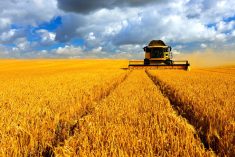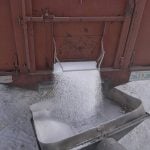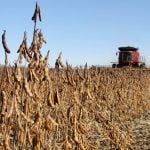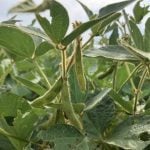Winnipeg | MarketsFarm – Pulse crops across the prairies have largely bounced back after rough growing conditions in the spring and early summer, but they’re not out of the woods just yet.
“It’s been an abnormal year,” remarked Carl Potts, executive director of Saskatchewan Pulse.
Potts explained that in Saskatchewan, widespread dryness early in the growing season resulted in delayed emergence and development. However, welcome rains throughout July have improved conditions significantly.
“Across the province, we’ll likely be expecting average yields for pulses,” he said.
Read Also

U.S. grains: Soy futures post biggest monthly gain in nearly five years on China trade optimism
U.S. soybean futures climbed to a 15-month high and posted their biggest monthly gain in nearly five years on Friday following a rally fueled by the prospect of revived exports to China.
Unseasonable temperatures have resulted in differences in crop maturity and development within a field. In some cases, a field can have both emerging and developing crops, depending on the area.
“Within a field there can be a fair bit of difference in crop development,” said Potts.
“That’s been a concern.”
Some crops are a few weeks behind the normal rate of development, sparking concerns of requiring a longer growing period that may not sync up with inclement fall weather. In particular, duli chickpeas require a longer growing period.
“We could run into an issue with fall weather, if we were to have an early frost or rain at harvest, that could impact crops as well,” said Potts.



